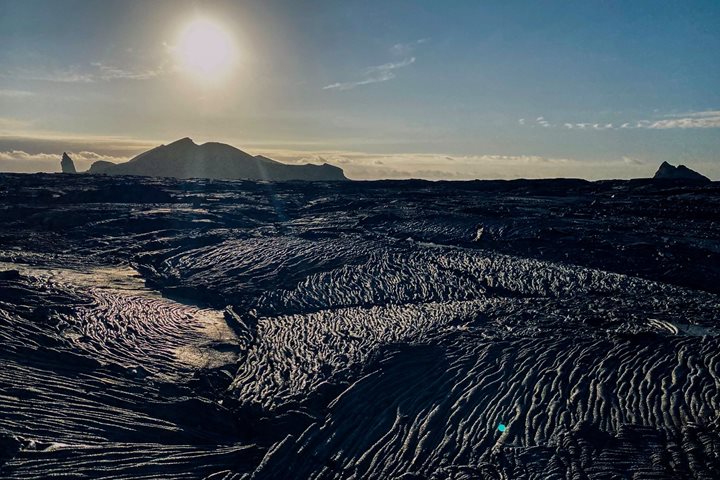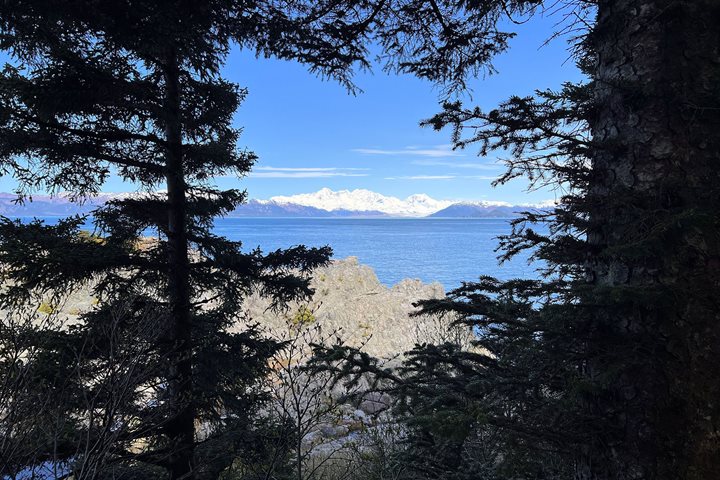Call +1.800.397.3348 or contact your travel advisor
Featured Articles
6/18/2025
4 Min Read
National Geographic Explorer: A Closer Look at This Authentic Expedition Ship
6/13/2025
Read
Photos of the Week, June 13, 2025
In Brief
5/23/2025
Read
Photos of the Week, May 23, 2025
5/16/2025
Read
Photos of the Week, May 16, 2025
5/9/2025
Read
Photos of the Week, May 9, 2025
5/2/2025
Read






